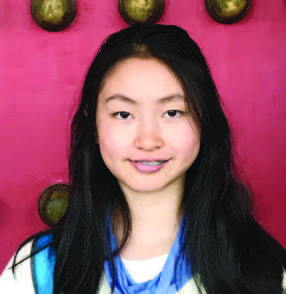
SerenaRen / OrchardHills 8th Grade
Society traditionally perceives those with autism, or on the autism spectrum, to somehow be less human than their “normal” peers. While some may view this disorder as a flaw, in fact many on the autism spectrum disorder (ASD) have expressed how even if they have to take on life in a different manner, they are still living to the fullest.
These differences may not be what harms autistic people the most, what could be more harmful is the fact that some people are quick to judge and generalize based on these impairments or disabilities.
Unlike the stereotype some embedded in their mind, the ASD is not one line. The ASD can be briefly classified into five types, though even then, there are still many lines that loop around from there, hence the word “spectrum.”
There is autistic disorder, people with this often have significant language delays, social and communication challenges and unique behaviors and interests. Those with Asperger syndrome also encounter social challenges and have unique behaviors, however they typically have less complications with language or intellectual disabilities.
Rett syndrome (RTS) is a more rare condition, affecting brain development in girls. Childhood disintegrative disorder (CDD) is also a rarer condition, often arising in children three to four years of age, where the skills they’ve already learned, including language, motor, social and other skills, gradually decline.
Pervasive developmental disorder not otherwise specified (PDD-NOS,) also called “atypical autism,” meets some of the symptoms of autistic disorder or Asperger syndrome, but not all, it refers to disorders identified by delays in the development of socialization and communication skills.
In 2020, the CDC reported that every 1 in 54 children in the U.S can be identified as being on ASD, according to 2016 data. Being on the spectrum is certainly more common than most assume. Though it is not easy to understand every detail of one’s disorder, it is essential to listen and be an ally.
Doing research and patiently communicating are simple ways to become more educated: try to examine ableist biases that you may not be aware of, such as using disability as a punchline, add alternate text to social media posts, speak about disabilities with young people, correct acts of microaggressions and more, these are all elementary things neurotypical and those without disabilities can do in society to be a decent human.
<
SerenaRen / OrchardHills 8th Grade>

